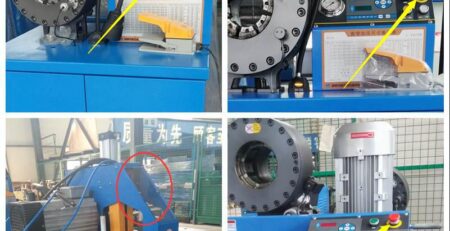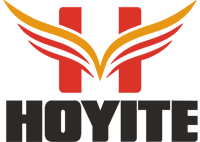積層造形, 3D プリントとも呼ばれます, 製造業に大きな波を起こしている. 複雑な形状や複雑なデザインを作成する能力を備えています, 積層造形は圧着機の開発に革命をもたらしています, 前例のないレベルの精度と効率を実現.
圧着機はさまざまな産業で重要な役割を果たしています, 継手とホースの間に安全かつ信頼性の高い接続を提供します. 伝統的に, 圧着機の製造は従来の製造プロセスに依存していました. しかし, additive manufacturing has introduced a paradigm shift by offering innovative solutions that optimize performance and enhance customization possibilities.
One of the key advantages of additive manufacturing in the development of crimping machines is its ability to produce intricate internal structures with precise tolerances. By using 3D printing technologies, manufacturers can create complex pathways for fluids or cables within the crimping machines, ensuring optimal flow and reducing the risk of leaks or inefficiencies. These internal structures can be designed and optimized based on specific application requirements, leading to improved overall performance.
Moreover, additive manufacturing allows for the integration of additional features and components directly into the crimping machines, eliminating the need for assembly and reducing overall complexity. This streamlines the manufacturing process and enhances the machine’s functionality, opening up new opportunities for innovative designs and improved user experience.
The versatility of additive manufacturing also enables manufacturers to swiftly iterate and refine their crimping machine designs. With traditional manufacturing methods, design modifications often require significant time and expense. しかし, additive manufacturing allows for rapid prototyping and iterative design improvements, accelerating the development cycle and reducing time to market.
Furthermore, additive manufacturing facilitates the use of lightweight materials without compromising on strength and durability. This leads to crimping machines that are not only robust but also lighter and more ergonomic for operators, resulting in increased efficiency and reduced fatigue during use.
As the adoption of additive manufacturing grows within the crimping machine industry, manufacturers are pushing the boundaries of innovation and exploring new possibilities for customization. By leveraging this transformative technology, they can create crimping machines that meet specific customer requirements, accommodating unique fittings, hoses, and operational environments.
In conclusion, additive manufacturing is redefining the development of crimping machines, revolutionizing the industry with its ability to produce complex geometries, optimize performance, enhance customization, streamline production processes, and foster innovation. As this technology continues to evolve, it holds the potential to shape the future of crimping machines, offering enhanced precision and efficiency across a wide range of applications.
Disclaimer: This article focuses on the impact of additive manufacturing on the development of crimping machines and does not endorse specific brands or manufacturers.
https://www.youtube.com/@hytcrimper



